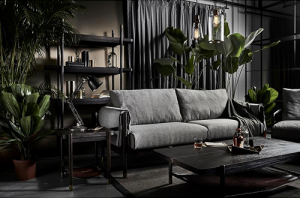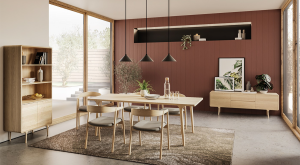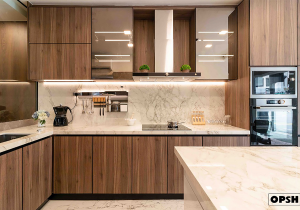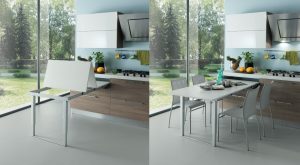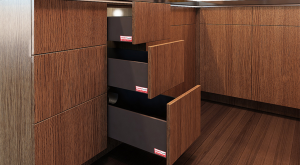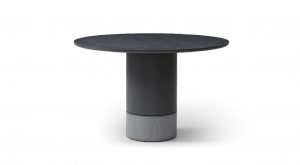Featured Post
10 Tips for Choosing the Perfect Nightstand for Your Child’s Bedroom
Choosing the perfect nightstand for your child's bedroom can be a fun yet challenging task. It's not just about finding a piece of furniture that looks good; it's about ensuring it meets your child's needs, fits the room's decor, and is safe and functional. In this article, we'll explore 10 essential tips to help you select the ideal nightstand for your little one's space. From safety considerations to style and functionality, we've got you covered. Plus, we'll share some personal insights and examples to make your decision easier.
Tip 1: Safety First
When it comes to children's furniture, safety is paramount. Look for nightstands with rounded edges to prevent injuries from sharp corners. Ensure the nightstand is stable and won't tip over easily, especially if your child likes to climb or lean on furniture. Check that the materials used are non-toxic and free from harmful chemicals. For example, I once chose a nightstand made from solid wood with a water-based finish, which gave me peace of mind knowing it was safe for my child.
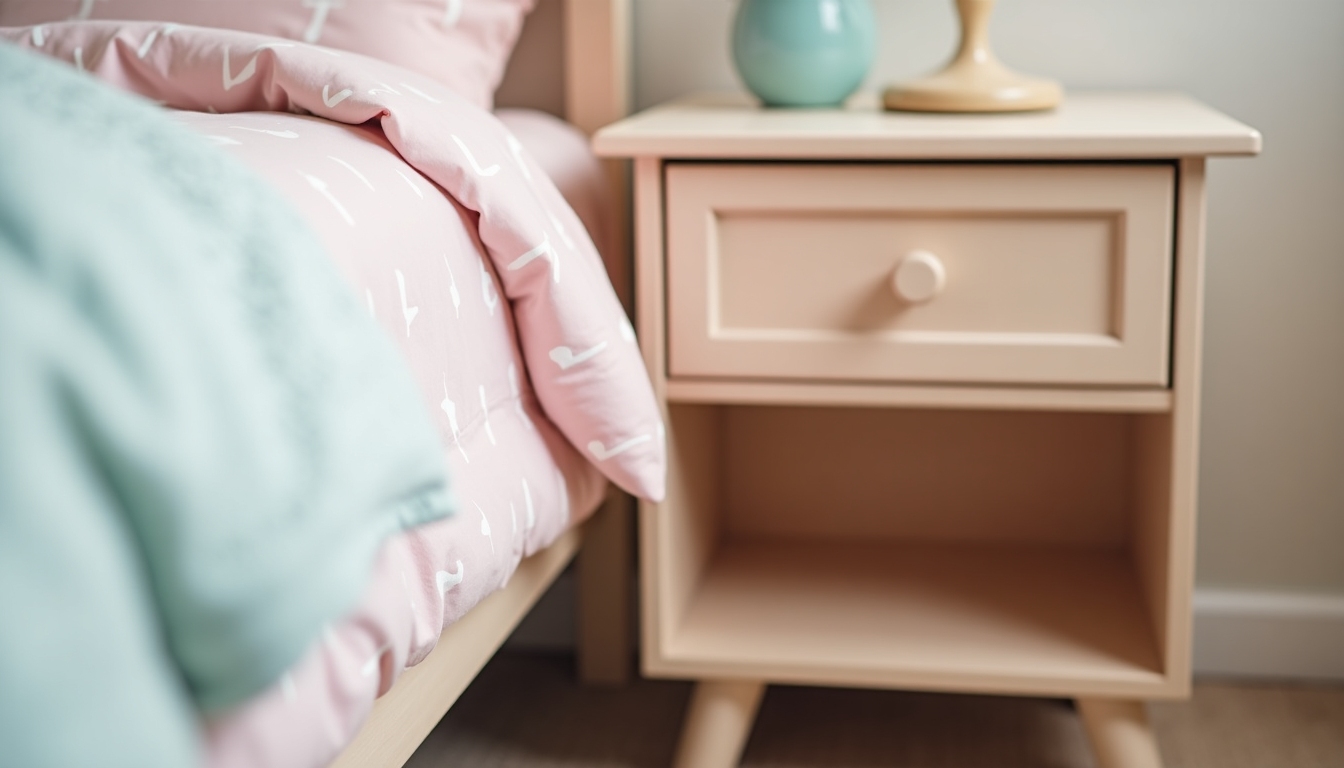
Tip 2: Size Matters
The size of the nightstand should be appropriate for the bed and the room. It shouldn't be too tall or too short compared to the bed's height. Ideally, the top of the nightstand should be level with the mattress for easy access. Also, consider the room's size—don't choose a nightstand that's too large for a small room, as it can make the space feel cramped. I remember measuring the space next to my child's bed and opting for a compact nightstand that fit perfectly without overwhelming the room.
Tip 3: Functionality
Think about what your child will use the nightstand for. Will it hold a lamp for reading? A glass of water? Toys or books? Choose a nightstand with features that cater to these needs. For instance, a nightstand with a small shelf can be great for storing books, while one with a drawer can keep small items organized. In my experience, a nightstand with a combination of open and closed storage works best for kids.
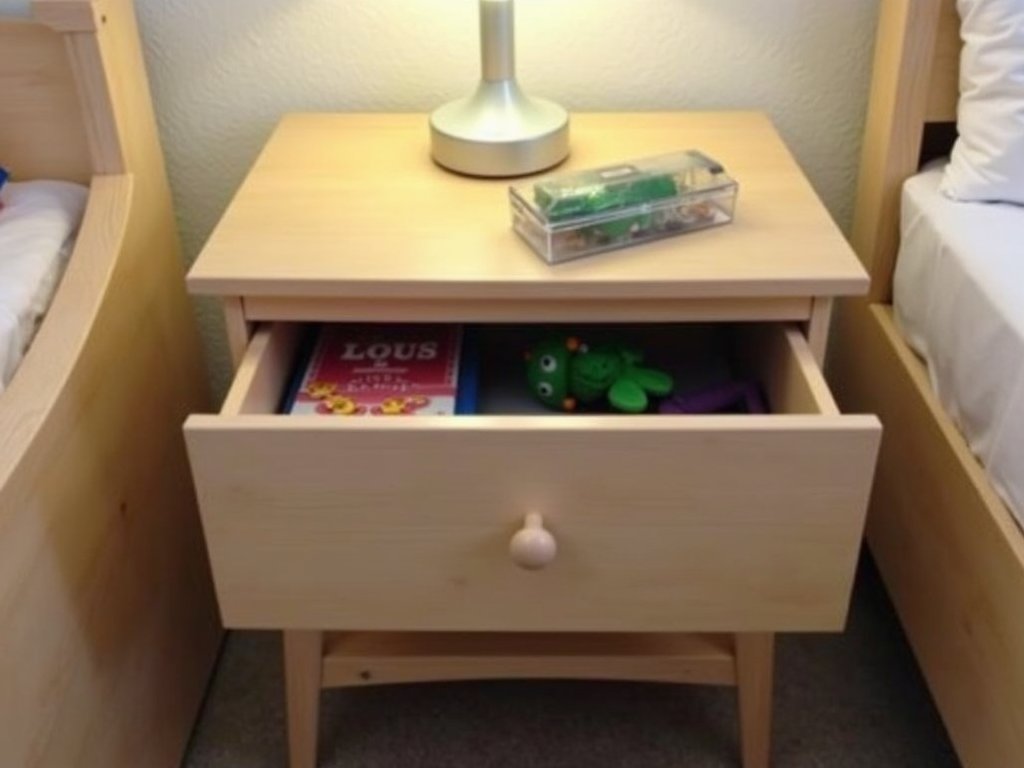
Tip 4: Storage Options
Kids often have a lot of small items that need a home. A nightstand with drawers or shelves can provide valuable storage space. Look for designs that are easy for your child to use independently. I found that a nightstand with a pull-out drawer and an open shelf allowed my child to keep their favorite books and toys within reach while keeping the room tidy.
Tip 5: Style and Theme
The nightstand should complement the overall theme of the bedroom. Whether it's a whimsical design for a younger child or a more mature look for a teenager, there are plenty of options available. Consider your child's preferences—maybe they love a particular color or character. When I was decorating my child's room with a space theme, I chose a nightstand with star-shaped knobs, which added a fun touch.

Tip 6: Durability
Children can be rough on furniture, so durability is key. Opt for nightstands made from sturdy materials like solid wood or high-quality MDF. Check the construction—dovetail joints in drawers, for example, indicate better quality. I once invested in a solid oak nightstand, and it has withstood years of use without showing signs of wear.
Tip 7: Accessibility
Ensure the nightstand is easy for your child to reach and use. If it's too high or too low, it might be frustrating for them. Also, consider the ease of opening drawers or accessing shelves. For younger children, a nightstand with open shelves might be more accessible than one with drawers. I recall choosing a low-profile nightstand for my toddler, so they could easily reach their bedtime storybooks.
Tip 8: Lighting
A nightstand often serves as a base for a lamp. Consider if the nightstand has enough space for a lamp and if there's a convenient place to plug it in. Some nightstands even come with built-in lighting or USB ports, which can be handy. In my child's room, I placed a small, touch-sensitive lamp on the nightstand, making it easy for them to turn on the light without fumbling for a switch.
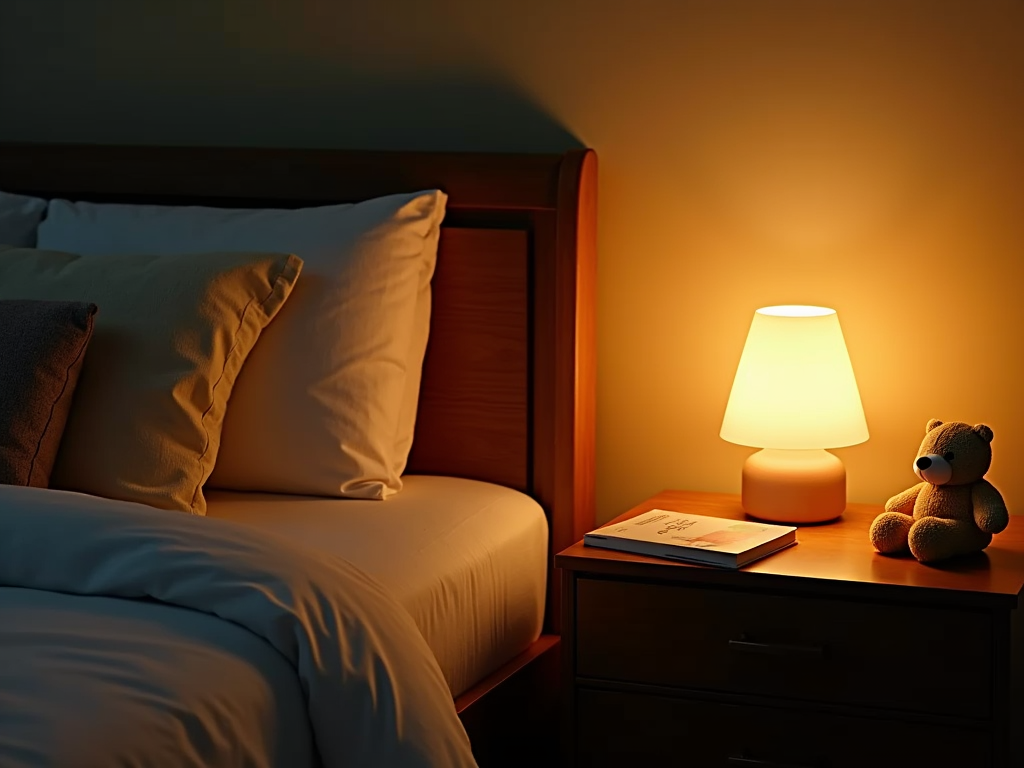
Tip 9: Budget
Set a budget before you start shopping. Nightstands can range from very affordable to quite expensive, depending on the materials and design. Decide how much you're willing to spend and look for options within that range. Remember, sometimes paying a bit more for better quality can save money in the long run. I once found a great nightstand on sale that fit my budget perfectly and has lasted for years.
Tip 10: Future-Proofing
Consider choosing a nightstand that can grow with your child or be repurposed later. A timeless design can transition from a child's room to a teenager's room or even be used in another part of the house. When I bought a simple, white nightstand for my child's nursery, I knew it could easily be used in a guest room later on.
Choosing the perfect nightstand for your child's bedroom involves balancing safety, functionality, style, and durability. By considering these 10 tips, you can find a nightstand that not only looks great but also meets your child's needs and withstands the test of time. Remember to involve your child in the process if possible—after all, it's their space!


